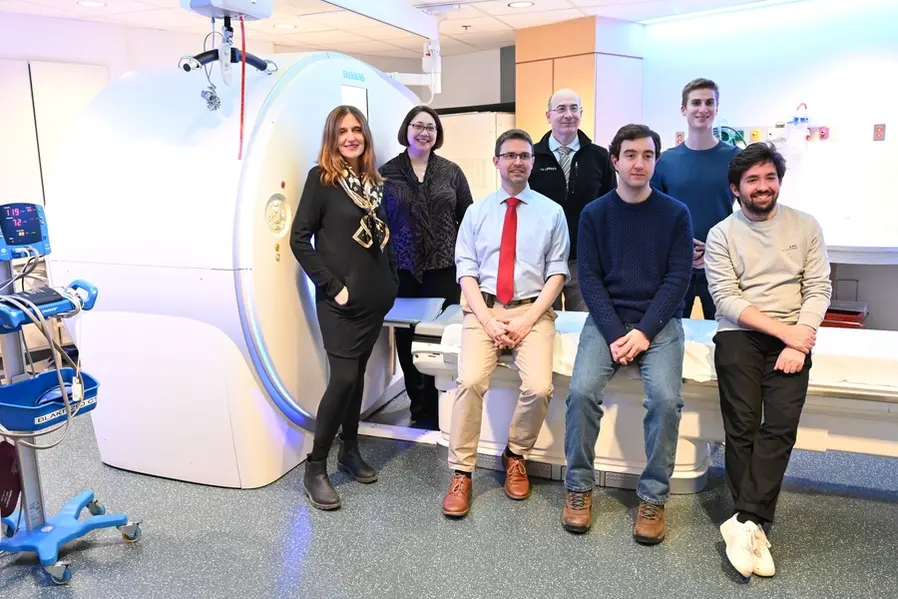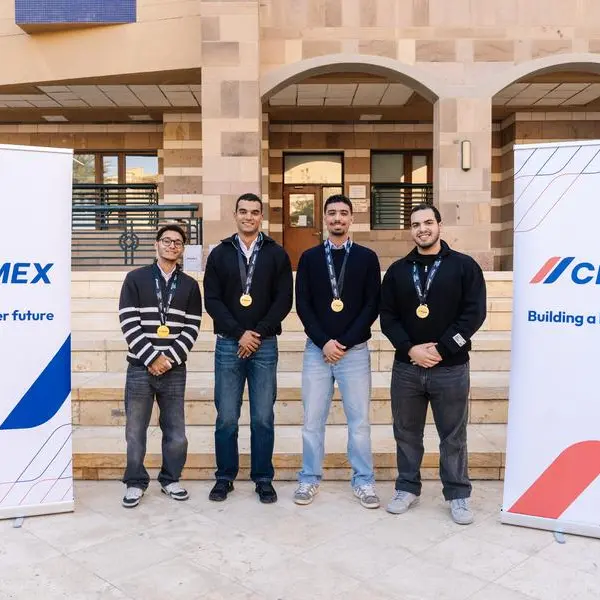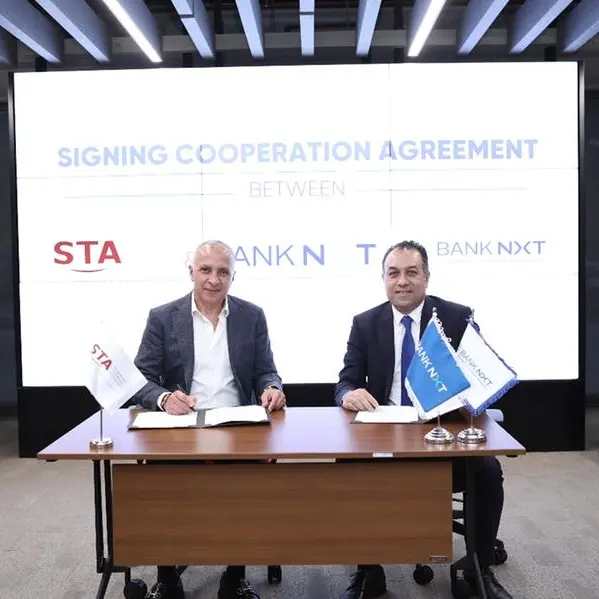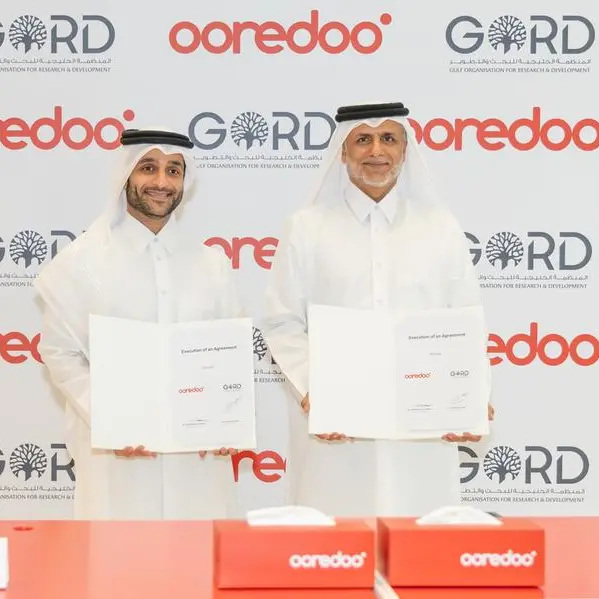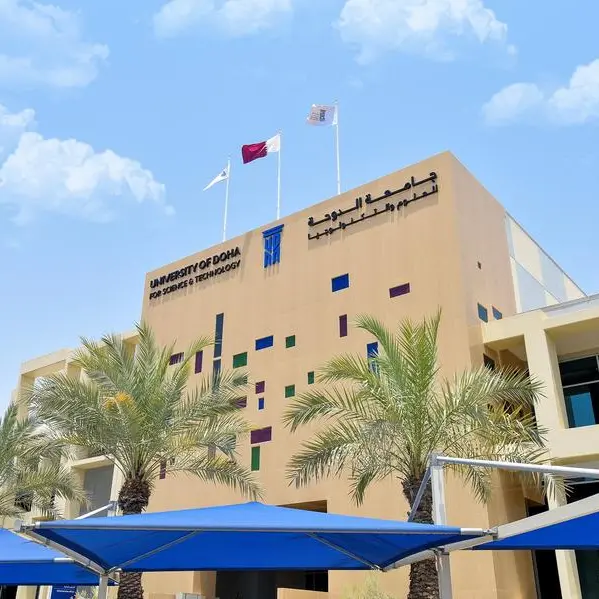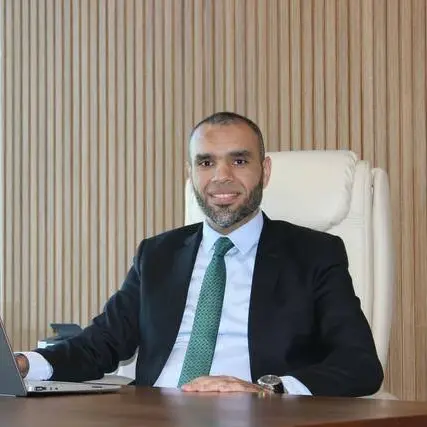PHOTO
Boston, Massachusetts, USA: Researchers at the MIT Jameel Clinic, the epicentre of artificial intelligence (AI) in healthcare at the Massachusetts Institute of Technology (MIT), have developed a new AI tool, known as Sybil, which can accurately predict the risk of lung cancer for individuals. The study was developed in collaboration with investigators from the Mass General Cancer Center, a member of Mass General Brigham.
Lung cancer is the leading cause of cancer death in the United States and around the world. Low-dose chest computed tomography (LDCT) is recommended to screen people between 50 and 80 years of age with a significant smoking history or who currently smoke. Lung cancer screening with LDCT has been shown to reduce lung cancer deaths by up to 24 percent. But as lung cancer rates climb among non-smokers, new strategies are needed to screen and accurately predict lung cancer risk across a wider population. Based on analyses of LDCT scans from patients in the U.S. and Taiwan, Sybil accurately predicted the risk of lung cancer for individuals with or without a significant smoking history. Results are published in the Journal of Clinical Oncology.
Regina Barzilay, faculty lead at the MIT Jameel Clinic, said: “Sybil can look at an image and predict the risk of a patient developing lung cancer within six years. I am excited about translational efforts led by the MGH team that are aiming to change outcomes for patients who would otherwise develop advanced disease.”
Lecia Sequist, director of the Center for Innovation in Early Cancer Detection, said: “Lung cancer rates continue to rise among people who have never smoked or who haven’t smoked in years, suggesting that there are many risk factors contributing to lung cancer risk, some of which are currently unknown. Instead of assessing individual environmental or genetic risk factors, we’ve developed a tool that can use images to look at collective biology and make predictions about cancer risk.”
The U.S. Preventive Service Task Force recommends annual LDCTs for people over the age of 50 with a history of 20 pack-years, who either currently smoke or have quit smoking within the last 15 years. But less than 10 percent of eligible patients are screened annually. Researchers from Mass General Cancer Center teamed with researchers from the MIT Jameel Clinic to help improve the efficiency of lung cancer screening and provide individualised assessments. Using data from the National Lung Screening Trial (NLST), the team developed Sybil, a deep-learning model that analyses scans and predicts lung cancer risk for the next one to six years.
The team validated Sybil using three independent data sets a set of scans from more than 6,000 NLST participants who Sybil had not previously seen; 8,821 LDCTs from Massachusetts General Hospital (MGH); and 12,280 LDCTs from Chang Gung Memorial Hospital in Taiwan. The latter set of scans included people with a range of smoking history, including those who never smoked.
Sybil was able to accurately predict risk of lung cancer across these sets. The researchers determined how accurate Sybil was using Area Under the Curve (AUC), a measure of how well a test can distinguish between disease and normal samples and in which 1.0 is a perfect score. Sybil predicted cancer within one year with AUCs of 0.92 for the additional NLST participants, 0.86 for the MGH dataset, and 0.94 for the dataset from Taiwan. The programme predicted lung cancer within six years with AUCs of 0.75, 0.81, and 0.80, respectively, for the three datasets.
The researchers note that this is a retrospective study, and prospective studies that follow patients going forward are needed to validate Sybil. In addition, the U.S. participants in the study were overwhelmingly white (92 percent), and future studies will be needed to determine if Sybil can accurately predict lung cancer among diverse populations. The team will be opening a prospective clinical trial to put Sybil to test in the real world and understand how it complements the work of radiologists. The code has also been made publicly available.
